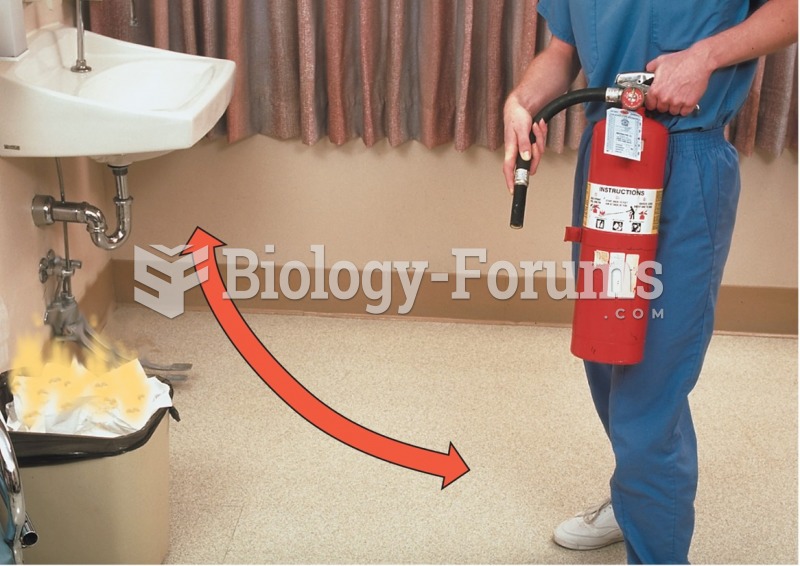|
|
|
According to the Migraine Research Foundation, migraines are the third most prevalent illness in the world. Women are most affected (18%), followed by children of both sexes (10%), and men (6%).
Hip fractures are the most serious consequences of osteoporosis. The incidence of hip fractures increases with each decade among patients in their 60s to patients in their 90s for both women and men of all populations. Men and women older than 80 years of age show the highest incidence of hip fractures.
It is difficult to obtain enough calcium without consuming milk or other dairy foods.
Human stomach acid is strong enough to dissolve small pieces of metal such as razor blades or staples.
More than 30% of American adults, and about 12% of children utilize health care approaches that were developed outside of conventional medicine.







